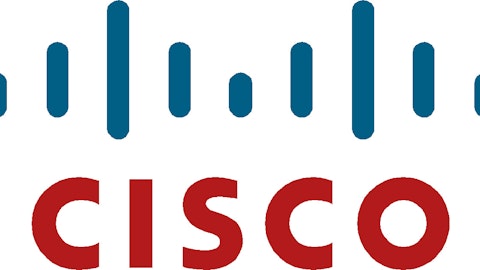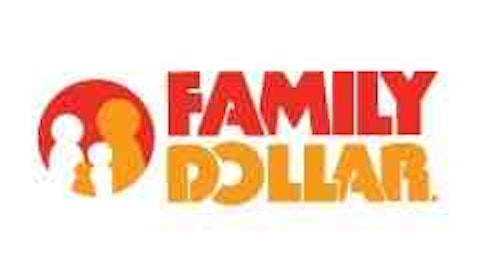
Consumer Staples In Value: Conservative Candidates
Even though many of the most well-known conservative blue-chip Consumer Staple companies are currently fully valued as referenced above, I was still able to find several well-known candidates that I feel are currently fairly valued. The following portfolio review lists 12 blue-chip dividend growth stocks currently fairly valued and listed in alphabetical order.

Walgreen Company (NYSE:WAG) : “Once Was Lost But Now Is Found”
I chose Walgreen Company (NYSE:WAG) as my first featured Consumer Staples blue-chip dividend growth stalwart because I believe it offers a valuable lesson and insight into the importance of intrinsic valuation. Just like many of the premium valued blue-chips I mentioned in the introduction to this article, Walgreens was a company that the market was routinely pricing at a premium valuation prior to the Great Recession of 2008. However, since the fall of calendar year 2008, the market has been pricing Walgreen Company (NYSE:WAG)’s stocks more in line with its intrinsic value (the orange line on the graph).
The moral of the story is that premium pricing or valuation is more of an opinion than a principle. This is why I refrain from paying premium valuations for even the best of companies. I believe that premium valuation is an artificial construct, and therefore fragile. On the other hand, intrinsic value is not only more substantial, but also a principle worthy of relying on. Paying more for a company than its True Worth™ justifies can be permanently costly when, and if, attitudes change.
If you refer back to the Procter & Gamble example above, you would discover that Procter & Gamble lost its premium valuation temporarily, as its price has now moved back into premium valuation territory. On the other hand, Walgreens continues to be priced at its intrinsic value with no indication that it will move back to a premium anytime soon. Consequently, if you buy Walgreens at fair value, or Procter & Gamble for that matter, and it does move back to premium pricing, you receive a nice bonus. Moreover, you would earn this bonus while simultaneously assuming less risk thanks to the lower and more reasonable current valuation.

When you examine the performance of Walgreen Company (NYSE:WAG)’s when it was premium priced in 1999, you discover that its above-average operating earnings growth of 12.8% was wasted due to overvaluation. Thanks to overvaluation, shareholders only enjoyed capital appreciation of 3.7%, which is far less than the company’s excellent operating record should have justified.

In contrast, if you evaluate Walgreens since the beginning of 2009 when its stock was trading at a discount to its intrinsic value, you discover an opposite phenomenon. During this period of time, Walgreen Company (NYSE:WAG)’s operating earnings growth rate did slow down to 7.9% from its longer-term average of 12.8%. However, a quick glance below the earnings and price correlated graph on the performance table shows that shareholders were rewarded with capital appreciation of 16.4%, which is significantly greater than the 7.9% operating earnings achievements. Simply stated, buying at a lower valuation that was supported by fundamentals, not only dramatically increases your rate of return, but simultaneously lowered the amount of risk you took to achieve it.


Wal-Mart Stores, Inc. (NYSE:WMT): My Featured Blue-Chip Dividend Growth Stock
Wal-Mart Stores, Inc. (NYSE:WMT) may provide one of the most interesting lessons in valuation of any company that I’ve ever examined. The following 19-year earnings and price correlated F.A.S.T. Graphs™ on Wal-Mart Stores Inc. depicts a company with impeccable long-term operating success. The orange line on the graph plots Wal-Mart Stores Inc.’s earnings per share since 1995. You would be hard-pressed to find a company with a better long-term record of operating excellence than Wal-Mart has achieved.





